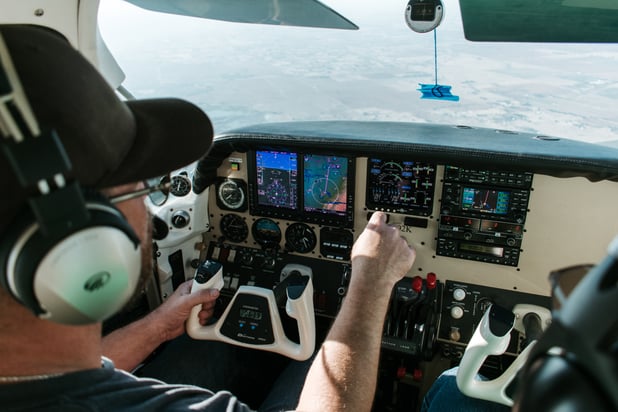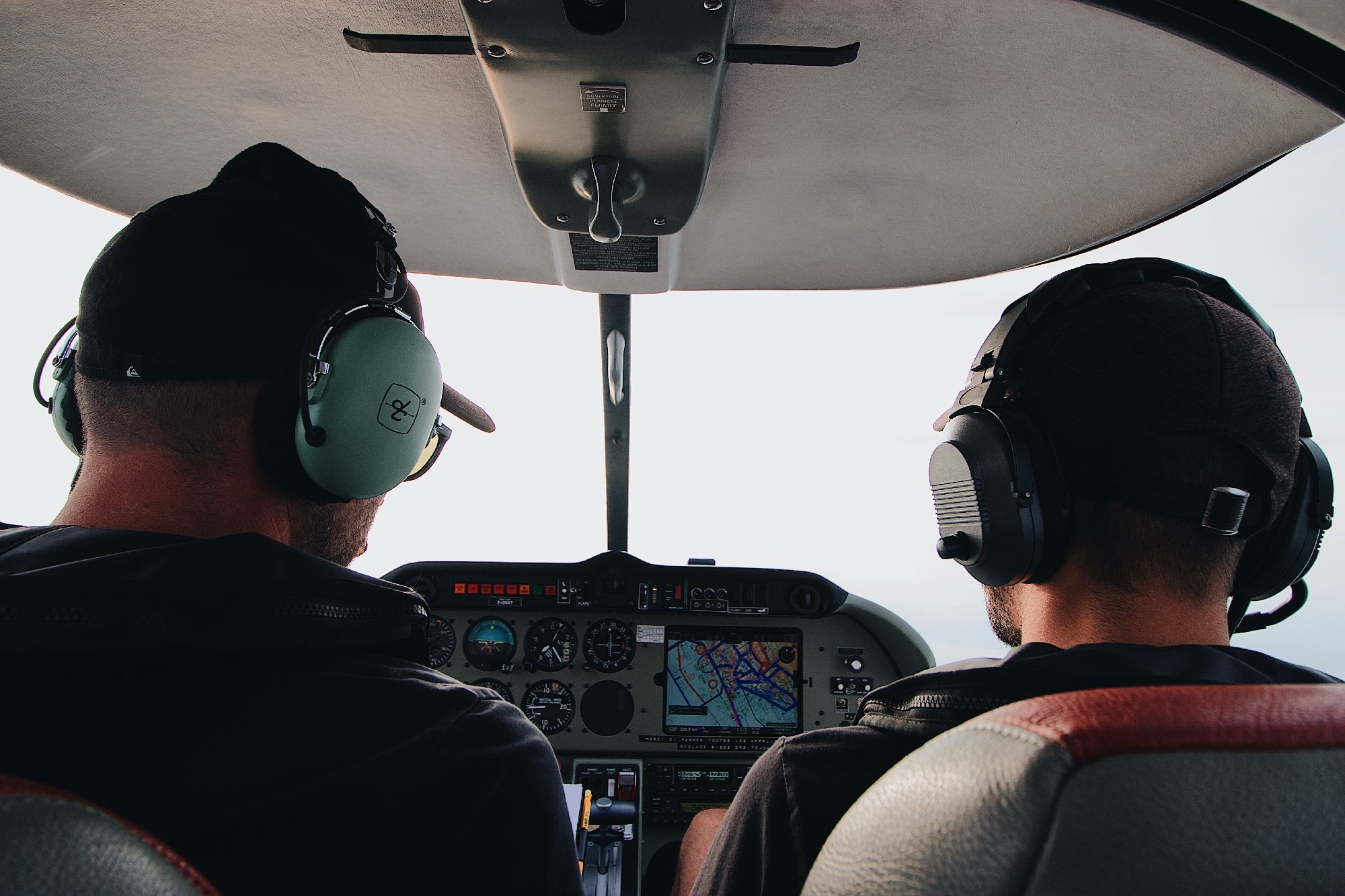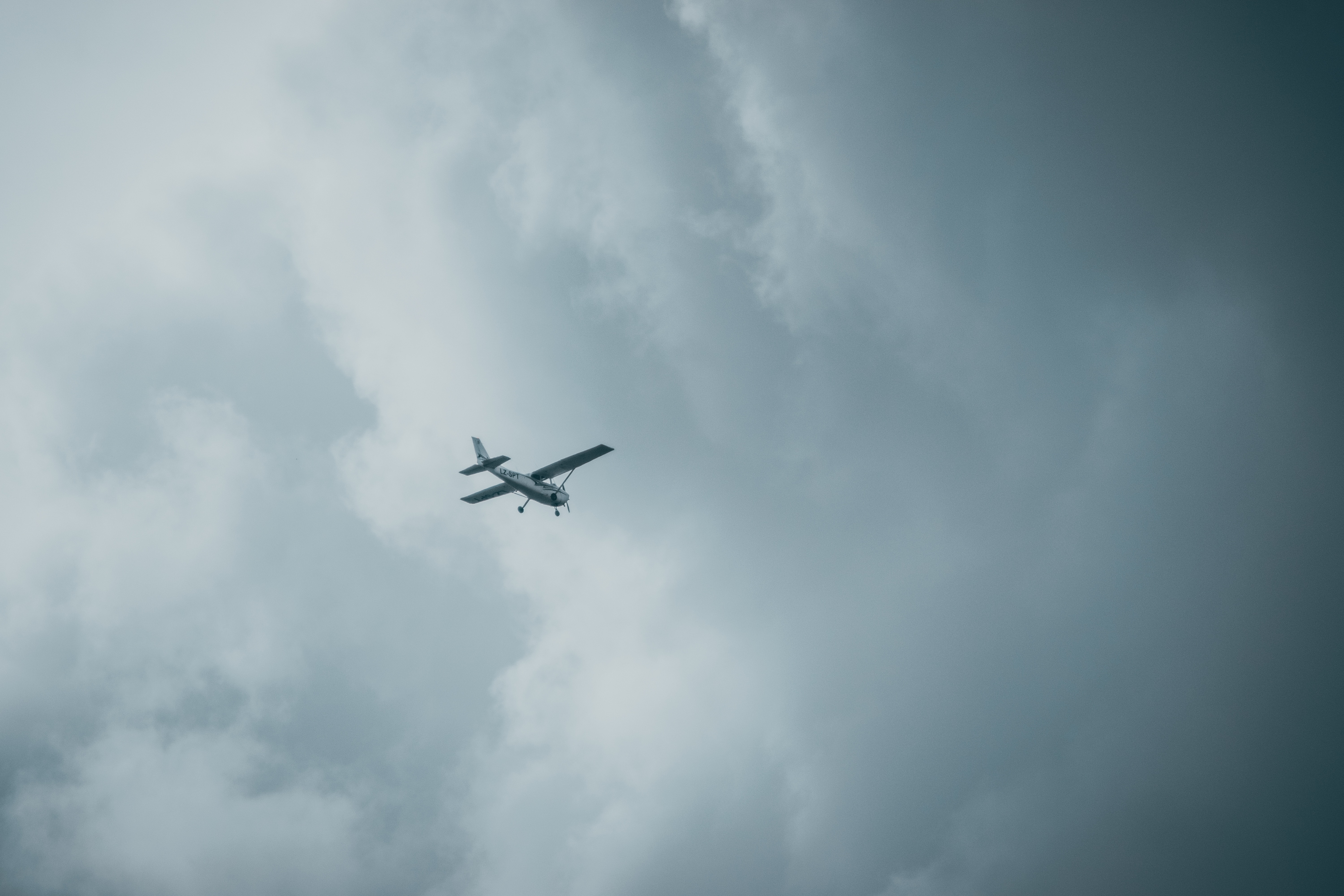The Essential Elements of Special VFR
Special VFR is a private pilot's ticket in and out of an airport experiencing Instrument Meteorological Conditions during the day. The same is true for instrument-rated pilots, including at night, provided specific conditions are met. In this article, we will review all the essential elements of SVFR and how they apply to each type of pilot.
First, let's cover the basic definitions of SVFR conditions and operations, which the Federal Aviation Administration outlines in Part 1.1, Definitions and Abbreviations.
- Special VFR conditions mean conditions that are less than those required for basic VFR flight in controlled airspace and in which some aircraft are permitted flight under visual flight rules weather minima. Such operations must be requested by the pilot and approved by ATC.
- Special VFR operations means aircraft operating in accordance with clearances within controlled airspace in meteorological conditions less than the basic VFR minima. Such operations must be requested by the pilot and approved by ATC.
ATC Clearance Requirements
Part 91.157 Special VFR Weather minimums provides detailed guidance on when you can obtain an SVFR clearance. Its summary states that special VFR is limited to "below 10,000' MSL within the airspace contained by the upward extension of the lateral boundaries of the controlled airspace designated to the surface for an airport."
In other words, you likely can obtain a clearance in most parts of the lower 48 states, but you will find exceptions in areas of the country. For example, Lake County Airport (KLXV) in Leadville, Colorado, which has a field elevation of 9934' MSL and Class E starting at 700' AGL, exceeds the limits for granting SVFR.
Additional information on obtaining a clearance for SVFR operations is in the Aeronautical Information Manual, Chapter 4, 4-4-6, Special VFR Clearance. The summary states that the flight and ground visibility must be at least one statute mile within Class B, C, D and E surface areas and that aircraft must remain clear of cloud layers. Lower minimums apply to helicopters.
At towered airports, clearances may be obtained from the tower in Class B, C, and D surface areas. Class E clearances may be obtained from a nearby tower, flight service station, or center. Remember that you can find center, approach, and departure frequencies in the chart supplement for airports with radar services provided by ATC. Filing a flight plan is not required, and specific altitude assignments are not assigned.
Phraseology
A special VFR clearance contains fairly straightforward instructions for departure and arrival. The generic phraseology goes something like this:
CLEARED TO ENTER/OUT OF/THROUGH, (name) SURFACE AREA
and if required, (direction) OF (name) AIRPORT (specified routing),
and MAINTAIN SPECIAL V-F-R CONDITIONS, and if required,
AT OR BELOW (altitude below 10,000 feet MSL) or as applicable under an exemption from 14 CFR Part 91, CLEARED FOR (coded arrival or departure procedure) ARRIVAL/DEPARTURE, (additional instructions as required).
The FAA provides the expanded version for air traffic controllers here.
Pilot Considerations
If you are considering flying under special VFR, you should keep a few specific regulations and areas of proficiency in mind.

- Not all Class B airports permit special VFR. You can find a list of those airports in Part 91, Appendix D, Section 3. Related sectionals for those airports state "NO SVFR."
- Special VFR does not let you continue beyond your assigned clearance limit when departing the airport. If IMC exists beyond that limit, you are not permitted to continue.
- The pilot is responsible for obstacle and terrain clearance. Surveying the arrival or departure area for the maximum elevation figure for each quadrangle is critical. Most likely, you will fly below that elevation.
- Should you lose an engine, you likely will have less than two minutes of glide at 500 feet a minute unless the conditions are due to reduced visibility and not a ceiling below 1000' AGL. Have a plan in mind and be prepared to make quick decisions. Since your eyes are peeled for obstructions and terrain, you already should be scanning the ground closely.
Limitations
Based on your certifications and ratings, you will need to be aware of additional requirements specifying if and when you can operate under special VFR.
- Private pilots are limited to day operations because of Part 91.157(b)(4).
- Instrument-rated pilots may fly special VFR at night but only if they are instrument current and flying an aircraft that is instrument legal per Part 91.205(d) and meets the criteria outlined in 91.205 (a) and (b).
- Learners are not permitted to fly special VFR because of the limitation found in Part 61.89(a)(6), which restricts day VFR flight visibility minimums to three statute miles.
Special VFR is a great tool, provided you respect its limitations and your own. Keep those two thoughts in mind, and, weather permitting, you will have the means to get in and out of an IMC airport with safety at the forefront.
Share this
You May Also Like
These Related Articles

Simplify Your Instrument Rating by Mastering These 6 Tasks
.png)
When VFR Is Not VFR
